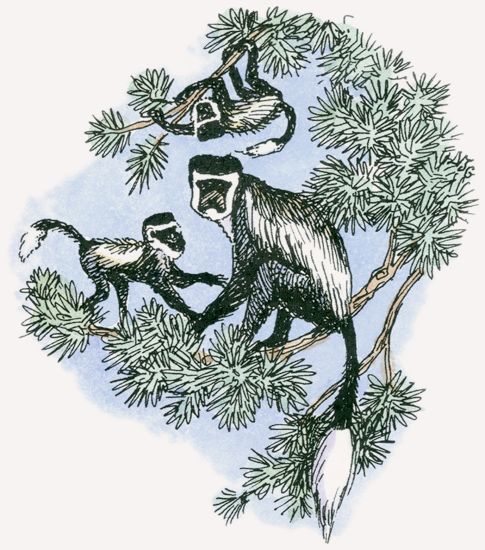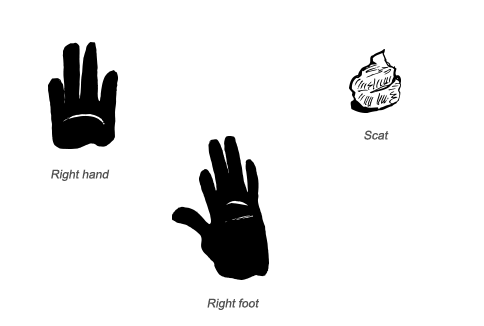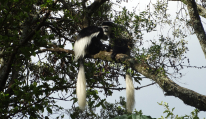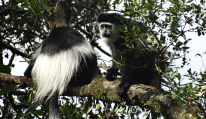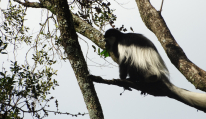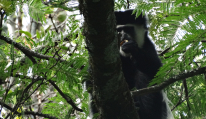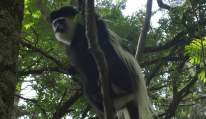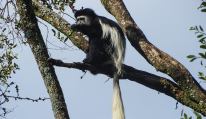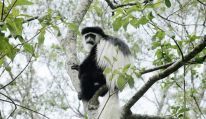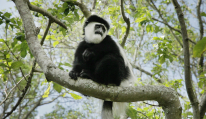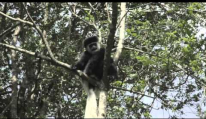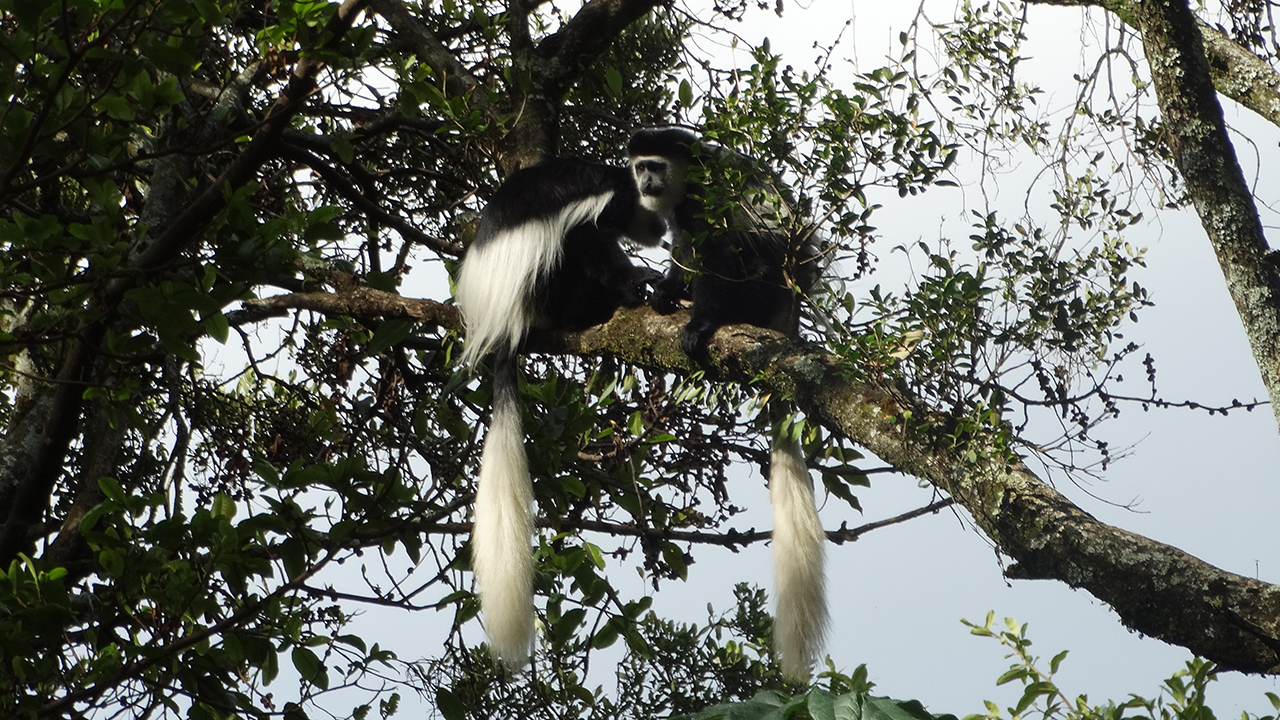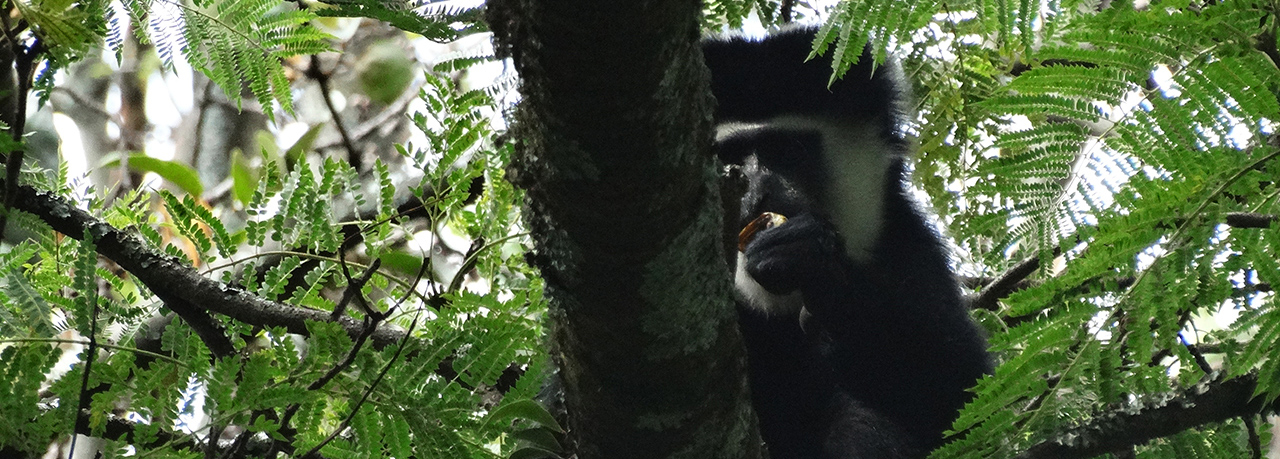Social Structure
Social groups normally range in size from 2 to 23 individuals that defend a well-defined territory. Typical groups include one or two adult males, one to six adult females, and their dependent young. However there are also groups of one to four males. Females will sometimes transfer to other groups, while all males leave their birth group, as there can be only one dominant male per group.
Communication
The male’s “roar” can be heard up to a mile (1.6 km) away. Around dawn, one roar is usually followed by the roars of other males throughout a forest habitat. Scientists believe these contagious roars notify groups about the presence and proximity of neighboring colobus monkeys.
Behavior
Black-and-white colobus monkeys live a very sedentary lifestyle, shaped by their need to digest a fiber-heavy diet. They alternate between long feeding and resting periods throughout the afternoon. They spend about 15 percent of their day grooming, with adult females doing most of the work.
Conservation
Traditionally, black-and-white colobus pelts have been used for ceremonial purposes, however Kenya outlawed trade in them in the 1970s. Although they remain hunted for meat in forest areas, they are a species of lower risk. Habitat loss is currently their greatest threat.

